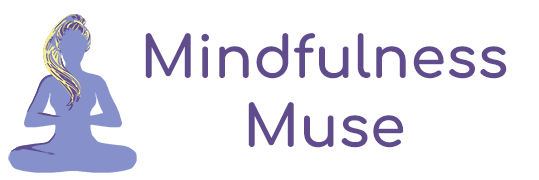How to Cultivate Compassion

“If you want others to be happy, practice compassion. If you want to be happy, practice compassion.” – Dalai Lama
Compassion is a process of relating to others through identification and understanding. Research tells us that infants begin to mirror the expressions of body movements of primary caregivers in the very first few days of life. We essentially learn to see ourselves in the other and the other in ourselves. From the very beginning, there is an awareness of the deep connection between all things.
For philosopher and psychologist George Herbert Mead, the “self” only comes into existence in the first place through connection with others. Mead believed that, in fact, there is no self without others. The human tendency to gravitate towards connection with others continues as we develop into adolescents, looking to our peers to shape and mold our unique identities. As adults, this trend only continues as we identify with admired others who embody traits or characteristics that attract us.
We all experience compassion in differing degrees of intensity and depth. You may notice that what brings tears to the eyes of one person causes little to no emotional response in another. Why is this? According to the Handbook of Positive Psychology (2005), “the differences appear to be explained by the varying degree of experienced identification with the suffering other.” In other words, the more powerfully we personally identify with another’s plight, the more powerfully we will be moved towards compassion.
Arthur Schopenhauer, a German philosopher, believed that “this identification required transcending preoccupation with the centrality of the self.” In this way, compassion requires us to be able to see in the plight of another that which would cause similar distress in ourselves. We must be able to move past this illusory boundary between self and other to cultivate compassion.
Research tells us that practicing meditation leads to increases in compassion. This research specifically indicated that focusing on loving kindness towards one’s family (and even strangers) physically affects the regions of the brain responsible for empathy. When the study participants (expert meditators) were immersed in compassionate meditation, the brain region called the insula became highly activated when the meditators heard the sound of a woman in distress.
According to an article in Scientific American, “compassionate meditation is as simple as visualizing someone you care about, holding that feeling of loving kindness in your mind, and then extending it to others – even people you don’t like.”
These ideas about compassion point us in the direction of letting go of the boundaries between self and other to increase our awareness of the underlying connection between “self” and “other.” Psychological research in the area of compassion tells us that we cultivate compassion through an increased identification with others. It is the sense that we are all “in it together.”
When we recognize that the sorrow, fear, hatred, joy, and love that others experience is also our own, we are practicing compassion. Each moment that we are conscious in the present moment, we are offered new opportunities to tap into the connectedness of all things. How does your experience of witnessing the self in the other transform or deepen compassion?
– – – – – – – – – – – – – – – – – – – – – – – – – – – – – – – – – – – – – – – – – – – – – – – – – – – – – – – – – – – – – – – – –
Biello, D. (2008, March 26). Meditate on this: You can learn to be more compassionate. Scientific American, Retrieved from http://www.scientificamerican.com/article.cfm?id=meditate-on-this-you-can-learn-to-be-more-compassionate
Lutz A., Brefczynski-Lewis J., Johnstone T., Davidson R.J. (2008). Regulation of the neural circuitry of emotion by compassion meditation: Effects of meditative expertise. PLoS ONE 3(3): e1897. doi:10.1371/journal.pone.0001897.
Snyder, C.R. & S.J. Lopez. (2005). Handbook of Positive Psychology. New York, NY: Oxford University Press.
Featured image: Full Enlightenment by Billingham / CC BY-SA 2.0
